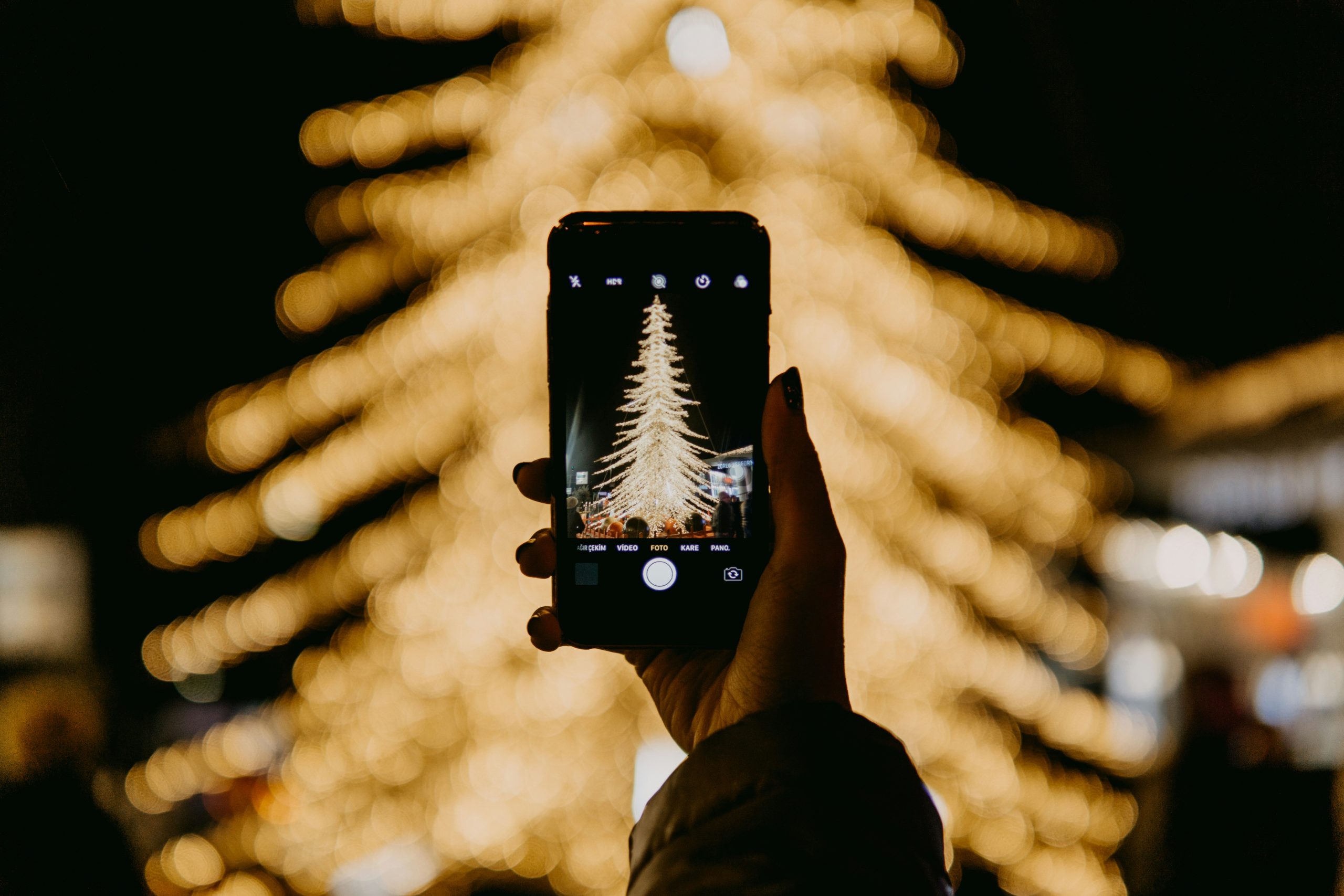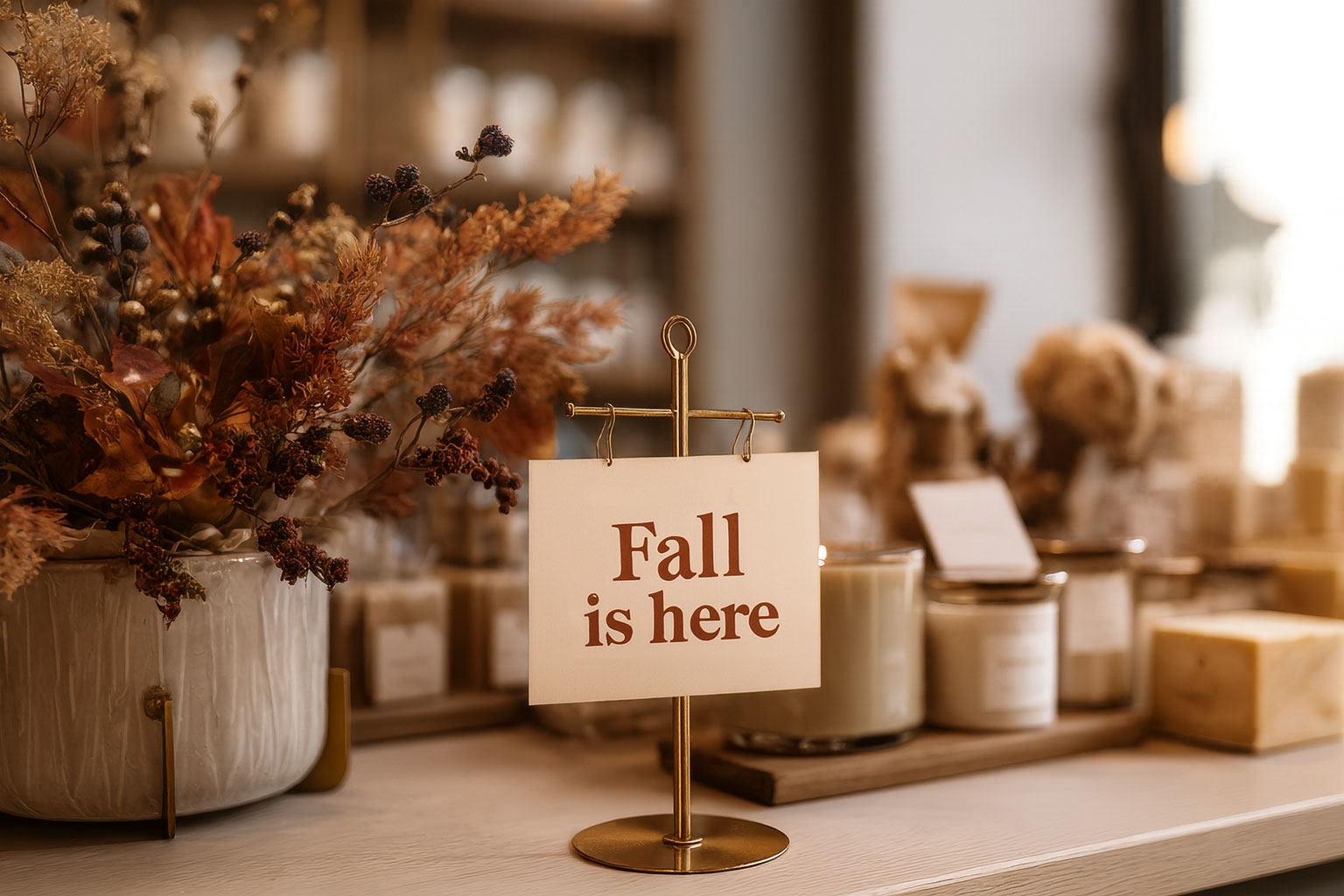Small-scale experiential tactics, grounded in strategy and data, can drive serious ROI without breaking the bank.
Experience Doesn’t Have to Be Expensive
To get consumers into their stores, brands have to do more than offer a transaction. Transactional retail has moved completely online; so, unless there’s an engaging, memorable experience to be had by coming into a store, most consumers will just pick up their phones and shop. Experiential retail, then, is the future of in-store shopping.
But not every brand can (or should) build a flagship with holograms, cafés, and photo studios. And truthfully? They don’t need to. Small-scale tactics can drive big engagement. Retailers are powering engagement and loyalty with small, well-planned moments that make coming into the store fun, convenient, and memorable. Today’s consumers crave more than transactions; they want connection, meaning, and maybe even a surprise or two. In a time when shoppers thrive on connection, a retail experience has become the new price of admission.
Experiential retail isn’t about spectacle; it’s about relevance.
If you’re a small retailer or on a restricted budget, these small-scale efforts can help consumers fall in love with your brand. Smaller, strategic experiences can transform your engagement and deepen customer loyalty without a big investment on your part.
What We Mean by Small-Scale Experiential
Knowing your audience and developing a strategic approach can convert small efforts into big returns.
Smaller Moments, Bigger Meaning
Small-scale experiential retail refers to a retail experience that provides a winning punch while being easier to deploy and afford. There are four ways to deliver small-scale retail experiences:
- Hands-on – Encourage customers to touch, sample, try, and play. Think in-store fashion demos, headphone listening stations, or a build-your-own trail mix bar.
- Community connection – Spotlight community artists, makers, or musicians. Host a rotating gallery wall or a Saturday-morning market with local vendors.
- Fun tech – Provide inexpensive tools that are easy to integrate, such as simple AR mirrors, QR codes that link to behind-the-scenes content, and playlist voting.
- Micro-events – From pop-in styling sessions to 15-minute cooking demos, brief gatherings build buzz and give people a reason to come back.
The power of experience lies in how it makes people feel; simple, small shifts in your approach can have a substantial impact on the experience.

Small-Scale Experiential Retail Strategy
How do you determine which experiential moments will deliver the biggest ROI? There is a three-part process that requires you to factor in brand, consumer data, and budget.
Brand Alignment
Does the experience match your brand values and customer expectations? An idea that may seem cute at the start could be perceived as off-brand and do more harm than good. Alignment ensures consistency across the customer journey. Any experience you consider should reflect your brand’s DNA and your customer’s values. Avoid gimmicky moments that feel off-brand or trend-chasing.
Can You Measure the Impact?
What will success look like? Any experience you provide your customers with should come with a means for measuring its impact. Can you track footfall, dwell time, or sales lift from the experience? The goal isn’t perfection; it’s about learning what works, refining, and testing again.
Pilot, Then Scale
Don’t roll out anything to your entire fleet of stores. Start small. Test in one location or during a single weekend. Observe, adjust, and then expand on what works. Start with what’s easy to execute and impossible to ignore. Then iterate.
Simple Ideas That Retailers Are Actually Using
How do these strategies look in the wild?
- Bookstores: Hosting events with local authors, partnering with community charities and offering fundraising silent reading parties in-store, or scheduling book bling nights.
- Apparel boutiques: H&M’s flagship store in New York City’s Times Square has unveiled a smart mirror with which consumers can take selfies that are used to create a downloadable magazine cover that they can share on social media. Customers may also take advantage of the smart mirror to obtain fashion advice. And when customers scan the QR code on the mirror, they receive 20% off their purchases. Smart mirrors are a relatively inexpensive way to create a memorable experience for shoppers.
- Convenience stores: Convenience stores have become neighborhood cornerstones, introducing a broader range of grocery products and fresh produce. To deliver a great experience, these stores may host monthly “guest brand” features with local farmers who are supplying the produce.
- Hotels: A lobby can be designed for fun, such as the Moxy Manchester City hotel lobby in England, which has a giant Jenga game guests can play. The W Hotel in Austin, Texas, has a HALO® photo booth where guests can take and share selfies.
- Warehouse clubs: Tech can make shopping quicker and easier. For example, Sam’s Club’s Scan & Go ™ checkout allows shoppers to scan items as they add them to their cart, pay with an app, and avoid waiting in long lines to pay.
- Sustainable retail: Consumers have high expectations that the retailers they shop with will be sustainable and eco-friendly. As clothing retailers make efforts to be more sustainable, some, such as rag & bone, are getting consumers in on the effort by letting them bring in old jeans to recycle.
Any of these small-scale experiences can create a memorable, sharable moment for your customers.

Any of these small-scale experiences can create a memorable, sharable moment for your customers.
Five Questions to Ask When Vetting Small-Scale Retail Experiences
- What customer challenge does this resolve or what joy does it spark?
- Is it logistically easy to implement with existing staff and hours?
- Does it give customers a reason to return or share the experience on social media?
- Can it be tested quickly and affordably?
- How will we know it worked? (Set SMART goals.)
Experiential Retail Isn’t About Size; It’s About Focus
It’s not about how much money you spend. It’s about how much meaning you create. When retailers think strategically and act intentionally, they can deliver standout experiences without overspending.
Want more insights, research and opinions like this? Subscribe to The Gist to stay in the know with some of the best brand builders and creatives in the business.





